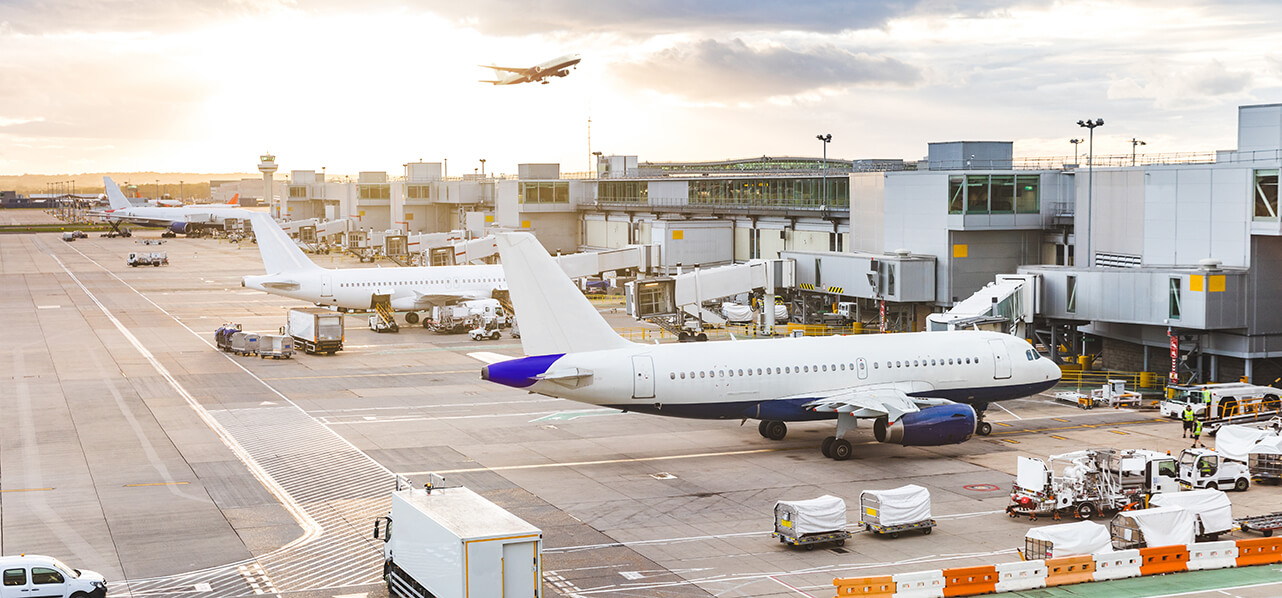With many airlines having weathered the storm of the Covid-19 pandemic, one common theme with airline restructurings has been a clear reliance on the United States’ Chapter 11 bankruptcy proceedings – particularly over their domestic jurisdictions or other viable jurisdictions (such as a UK scheme of arrangement or UK restructuring plan). But when seeking to restructure, why have many airlines tended towards Chapter 11 bankruptcy proceedings as an internationally recognised restructuring procedure and shied away from the UK schemes?
Using Watson Farley & Williams’ Global Aviation Resource Index (“GARI”), an online tool which allows users to compare data and scores for aviation restructuring procedures, aircraft repossession rights and aircraft deregistration rights in over 100 jurisdictions, we aim to provide some explanation as to why this has been the case.






